hurleyjd
Well-known member
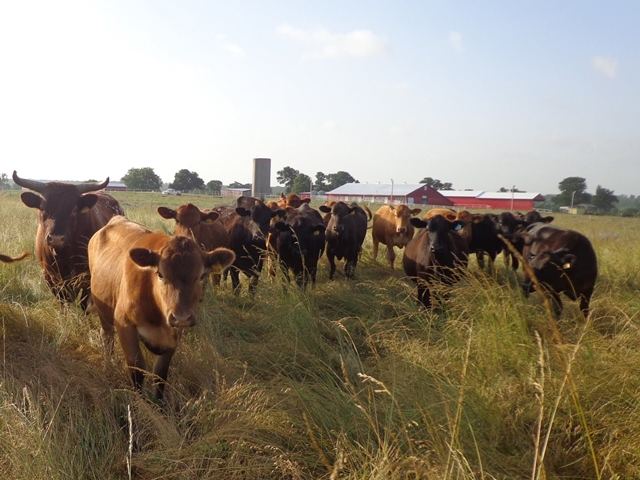
Cattle - Kerr Center
A lot of good information from the Kerr Fondation.


I doubt running a tractor with a mower (even a big batwing) across a pasture once a year or every other year as you said, would have any real negative effect.I figure the residue from the junk you bushhog decomposes and helps the green up. This sort of goes against regenerative farming though because you are running heavy equipment across the pastures. I'm definitely missing something.
On the place in Arkansas I tried to keep my cows between 11/1200 pounds, but in SD heavier cows wintered better so 1400 or more wasn't unusual. The reason I got higher weaning weights is because I avoided using heifers, so I had no reason to use easy calving bulls. In SD I sold replacement heifers bred to easy calving bulls from my older cows but I never bred those older cows to easy calving bulls or kept any heifers for replacements. As for breed... I've always been partial to Limousine. But to me the big criteria is that they produce consistent looking calves. Lots of different breeds will produce calves that look identical with the right bull.Travis, I'm one of those who hasn't gotten there yet. Couple of questions for learning. What breed are you running and what do your mature mommas weigh? I've thought keeping frame sizes down would be the way to go for limited acre's but I've got some 12-1300 lb cows that sure raise the best calves I have
Opposite effect, cyclical cutting and grazing can improve forage nutrition.I doubt running a tractor with a mower (even a big batwing) across a pasture once a year or every other year as you said, would have any real negative effect.
I'm in north central Texas. Been going at this for around 10 years now. I roll out my hay, drag pastures to spread the manure and raise my own hay. Goal is to increase capacity in lbs but not sure that means head or size.O
On the place in Arkansas I tried to keep my cows between 11/1200 pounds, but in SD heavier cows wintered better so 1400 or more wasn't unusual. The reason I got higher weaning weights is because I avoided using heifers, so I had no reason to use easy calving bulls. In SD I sold replacement heifers bred to easy calving bulls from my older cows but I never bred those older cows to easy calving bulls or kept any heifers for replacements. As for breed... I've always been partial to Limousine. But to me the big criteria is that they produce consistent looking calves. Lots of different breeds will produce calves that look identical with the right bull.
Where are you at? You should put a state on your profile.
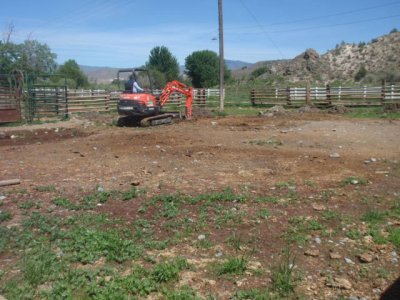
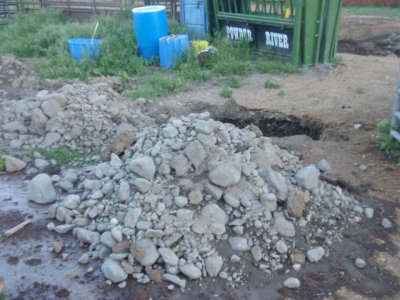
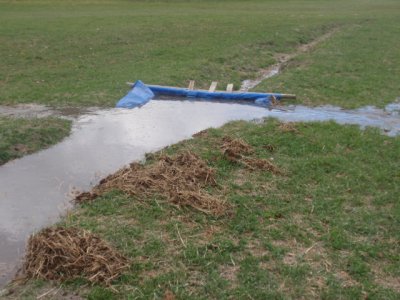
I burn my Bermuda hay fields every February, and by the end of Feb or the 1st of March, when I start seeing green, I put out the 24d. And do the same with most pastures when it is feasible.I'm not a fan of shredding at all. I know fescue people say they have to do it and that different deal. Around here right now people are shredding away.
This is my deal. Two things happen with shredding that I see. One, you have so much excess grass you shred it and it leaves it every where. You get a thatch which hurts the whole system.
If you are not getting a build up of grass after shredding, you didn't cut enough to hurt the new grass coming in. I think people mistake pretty, with good.
If the grass is so thick it's stunting new grass it needs to be burned off, not shredded. That's how you convert the old grass in to some thing useful for the soil in the upcoming growing seasons.
What most people don't realize is the difference between what our grasses are now, and how they were 150 years ago, or just how fast they have degraded over the last 60 years, let alone any idea that it is all reversible. To give you an idea, there are a lot of places here in far west Texas which were actually used as hay meadows up into the 1950s. It isn't all that unusual to be gathering cattle on severely depleted land and discovering old horse drawn hay equipment.lots of places in the us don't have much grass to begin with. Areas around me without irrigation and improvement look like this or worse
View attachment 27341
But once improved can look like this
View attachment 27342
We have the same issue with post oak trees on the prairie. They are invasive and take over the native grasses. Their leaves and littler choke the grass out.
Burning through them thins out the litter and gets a bunch of trees because they are usually hollow any way. Down side is, it's one of the more risky burns because you have yo have low humidity to burn that litter.
It definitely a burn I would prefer having a pasture of black down wind from to be safe.
Some people zap them out. You will have grass quick but you can barely get though the pasture because of all the dead trees. Then you have to come through and use the grass to burn the downed trees.
No might about it. If you do it right, you'll increase your forage base while lowering purchased inputs. Its a little more complicated than simply moving your cattle everyday. You have to be flexible enough in your grazing plan to make changes to take advantage of grazing opportunities or avoid grazing other places when conditions aren't favorable. Rather than using extra fencing I use stockmanship to reboot herd instinct so the cattle graze together as a herd and keep moving. Works best in big desert country, but can also be done on irrigated ground.So regenerative farming is moving the cows every day or so and slinging out some seed from time to time? I always read don't drive anything bigger than an atv in the pastures also. Might work and be more profitable. Less fuel, equipment, fertilizer, and feed for sure.
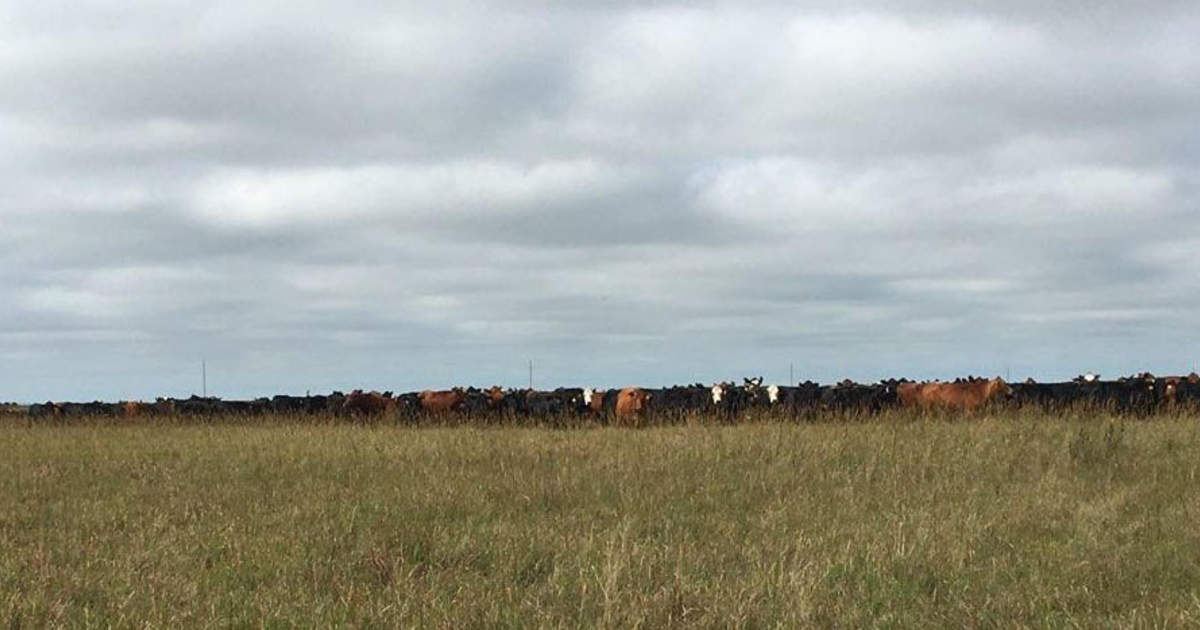
I had a 60(?) acre pasture that was becoming infested with wild rhubarb (?), the plant spreading in the low lying area every year. Before it got out of control, maybe ten acres at the time, I would go down in the early morning with a shovel and manually cut or pull the plants before they could go to seed. I spent a couple of months over a couple of years doing that, and eventually there weren't any of those weeds. I've done something similar with cocklebur, Russian thistle, goat heads, and a few other weeds that I find, and getting them early before they spread stops them. I've also seen people ignore single plants in the middle of their fields and after a few years they have to plan a chemical war to get rid of them. I keep a shovel around, in my truck, to deal with weeds specifically before they get a chance to spread. In fact, me getting out of my vehicle and getting my fingers in the soil helps me know what is going on with it.If we don't spray for weeds here in a few years you'll have nothing but weeds. Some type of western ragweed got in a few of my pastures and killed out 50% of the grass before we got it under control. Goat weeds and cuckleburs will take over and block out the sunlight too. I bought 70 acres that hadn't had anything done to it in at least 30 yrs. One guy did run a few Longhorns on it but they were about to starve. We cleared the overgrowth, built new fence, mowed it a few times, and sprayed. After a few years the grass is coming back. It's got some type of native water grass on it that I can't figure out how to kill off yet. We also ran the aerator which seemed to help with water absorbtion.
That's most of what I read, then I get on here and read about folks with Herefords, limo, char, with great pics and those cows aren't small.For most intents and purposes, smaller brood cows are more economical, provided your environment will take them.
Always read location tag and consider the type of operation. For those up north and for those raising certain blooded stock, this may well not be the case. As well, some environments necessitate certain breeds regardless of size. At any rate, most herfs are on the smaller end of cattle, and there's smaller chars out there too.That's most of what I read, then I get on here and read about folks with Herefords, limo, char, with great pics and those cows aren't small.
All the research and studies I have read say most profitable size for cows in intermountain west is around 1200 lbs.That's most of what I read, then I get on here and read about folks with Herefords, limo, char, with great pics and those cows aren't small.